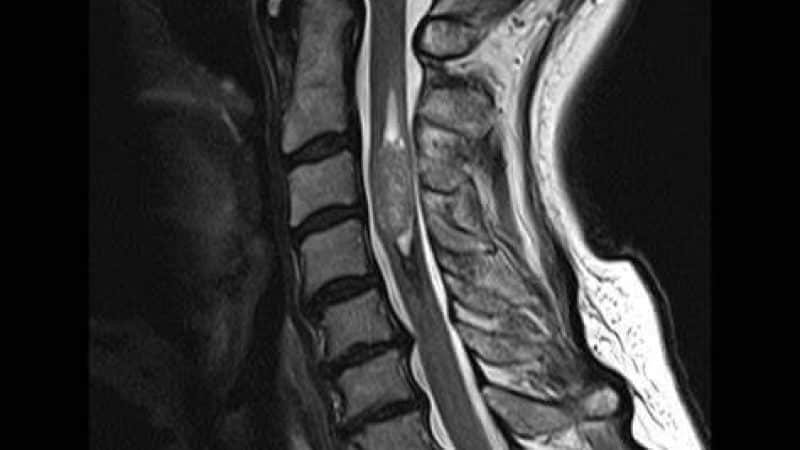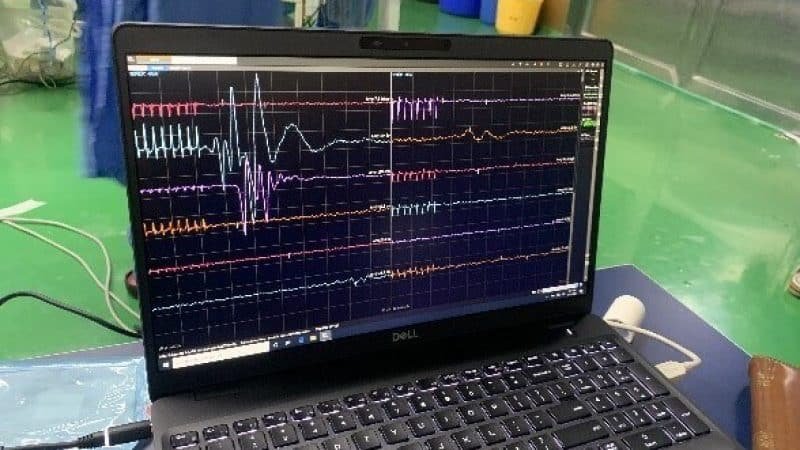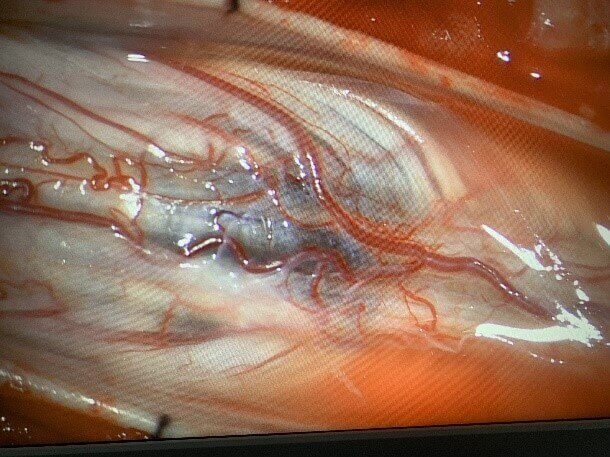Spine Tumor Surgery in Pune
Spinal Tuberculosis Treatment
Spinal tumors are classified based on the location from where they arise.
- Extra-Dural: These tumors may arise from the bone of the spinal column
- Intradural Extramedullary (IDEM): tumors arising from nerve fibre or dura
- Intramedullary: or directly from the spinal cord (intramedullary).
Extradural Tumors:
These are the most common type of spinal tumors. It mainly include metastatic disease. Metastatic tumors are the once which arise from some other organ of our body and through the blood stream, they reach the spinal column and start growing there. These arise mainly from the breast, GI tract, prostate, lymphoma or skin. As these are multiple often multiple, the treatment mainly includes chemotherapy and radiation.
The usual complaint in such patients is pain, and radiation often take good care of pain in such patients. Sometimes, because of the destruction of bones by this tumor cell, leads to instability and neuro deficit. In such cases, spinal surgeons have to intervene early to fix the instability and stabilize the spine. Any pressure over the cord or nerve tissue may be removed and the rest of the treatment is done using chemotherapy and radiation. In special circumstances, where there is just single metastatic lesion surgery is done to remove the whole tumor along with the bone and then stabilization procedure is done.
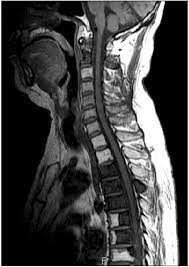

Apart from metastatic disease other spinal tumors are:
- Benign Tumors
- Osteoid osteoma
- Osteoblastoma
- Aneurysmal bone cyst
- Osteochondroma
- Hemangioma
- Gaint Cell Tumor
- Enostosis
- Cancerous Tumors
- Chordoma
- Chondrosarcoma
- Osteosarcoma
- Ewing Sarcoma (PNET)

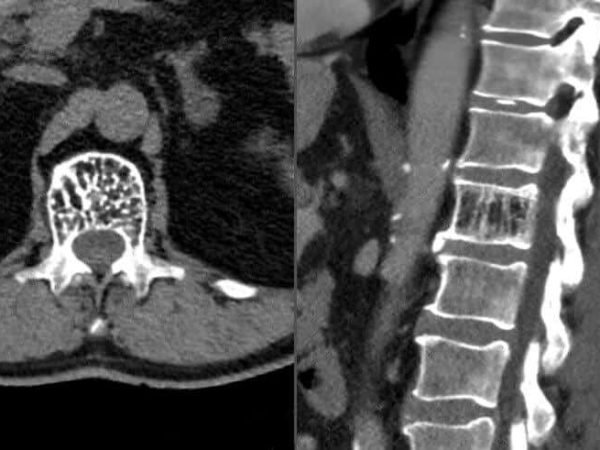
Hemangioma of spine
Benign tumors are usually observed without any treatment. Cancerous tumors require surgical removal of the tumor along with chemotherapy and radiotherapy. Some tumors like chordomas require en mass resection of the spinal column (spondylolectomy).
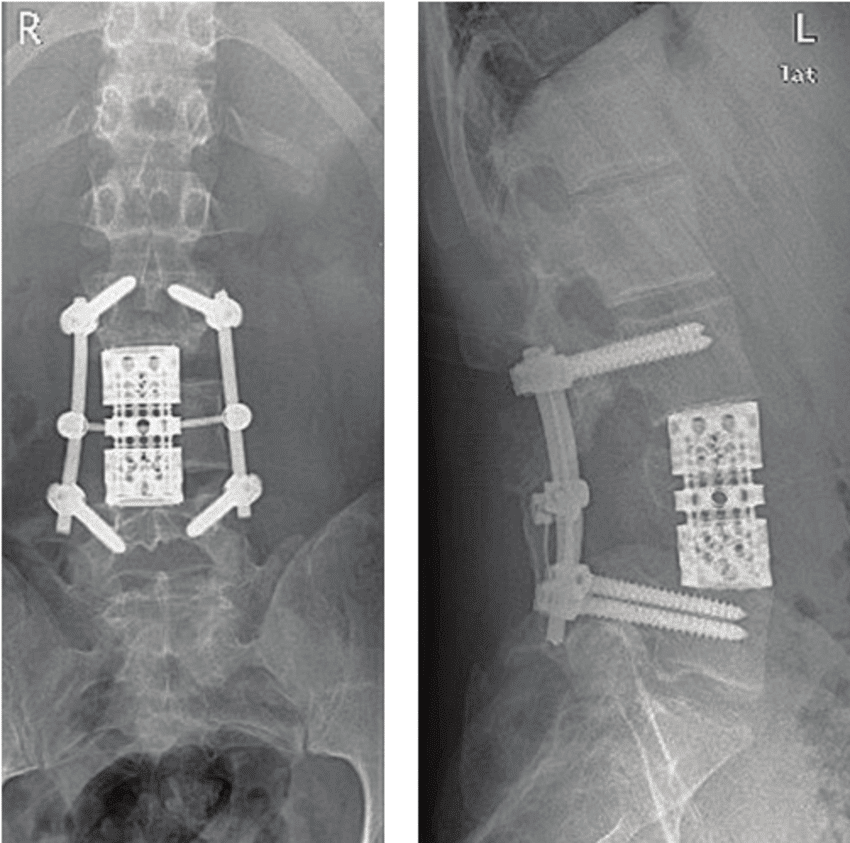
En-masse resection of vertebral body with stabilization
Intradural Extramedullary (IDEM):
These type of tumor occur inside the dural layer, but outside the cord. These are mostly benign tumors, and if completely removed may result in complete cure of the patient. Most common types:
- Schwannoma
- Meningioma
These patient may represent as weakness and numbness, below the level of the tumor. The treatment is always surgical and the results are very good.
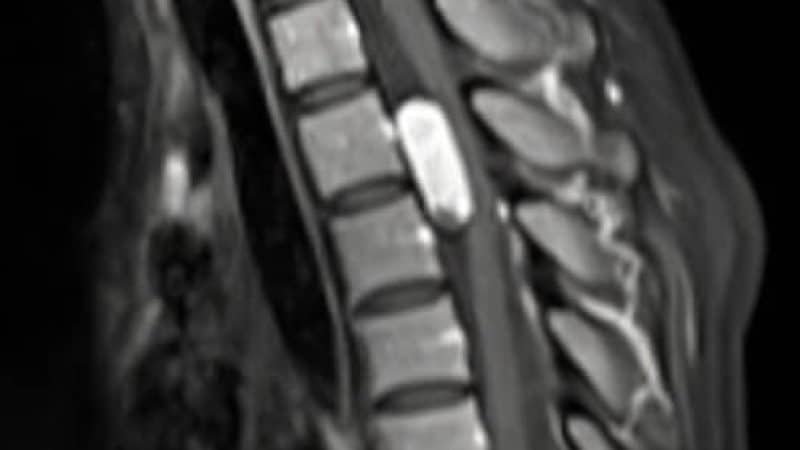
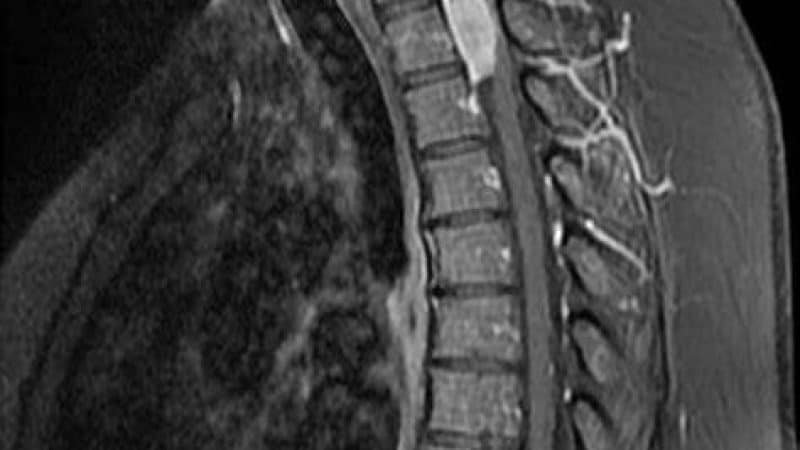
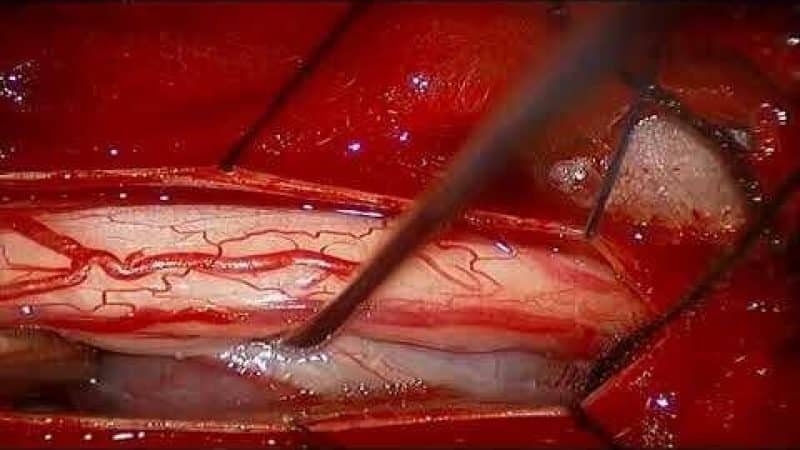
Intramedullary Tumors:
It includes tumors arising from the cord. The three common types of intramedullary tumors include ependymoma, astrocytoma and hemangioblastoma. There clinical presentation includes weakness, numbness and treatment is always surgical. Post-surgery the radiation may be required in patients with grade 2 and above tumors. Intra-operative neuro monitoring (IONM) is used for operating such tumors. In this we continuously keep a watch on MEP & SSEP of both the upper and lower limbs.
